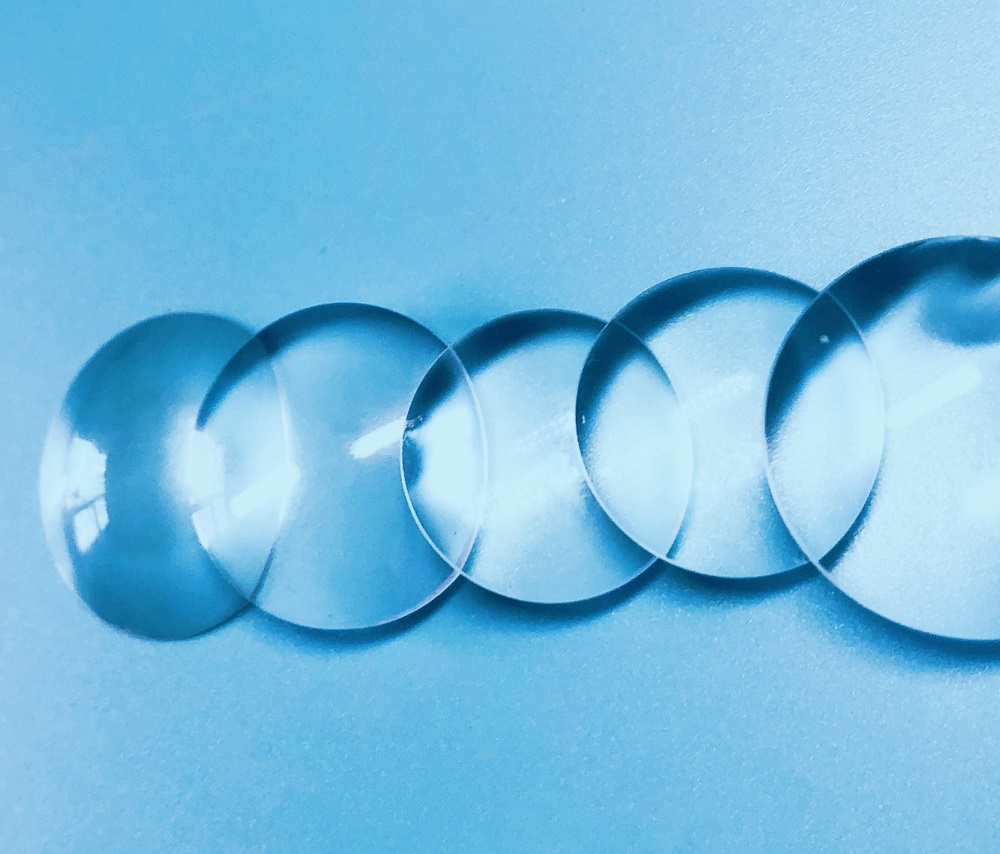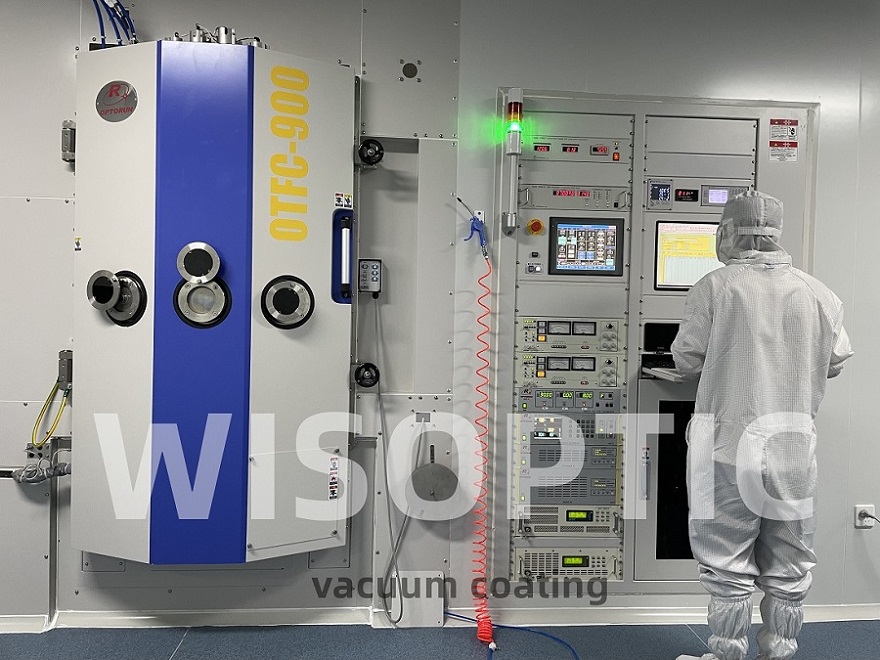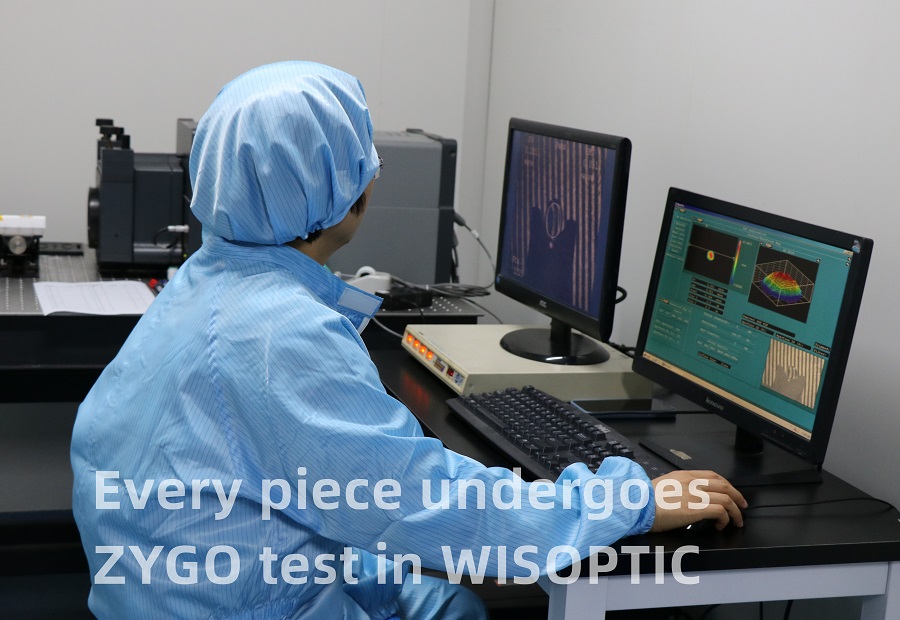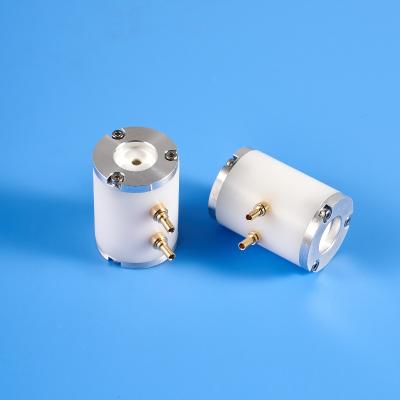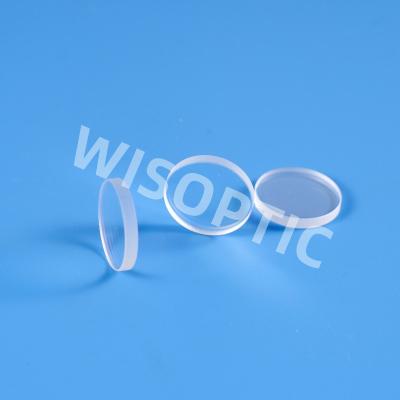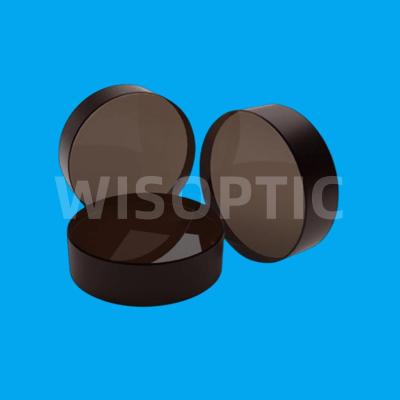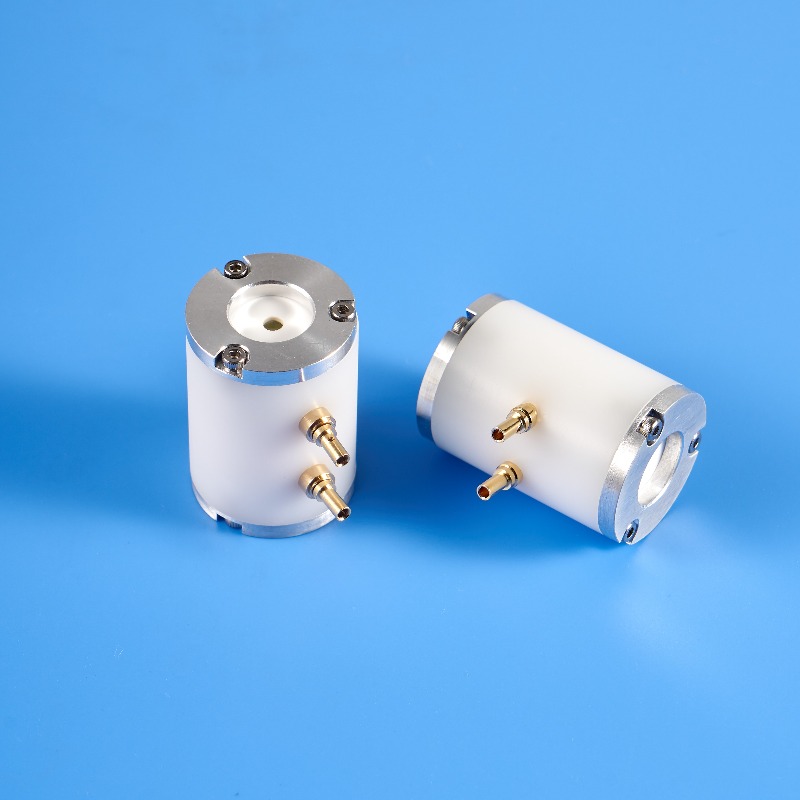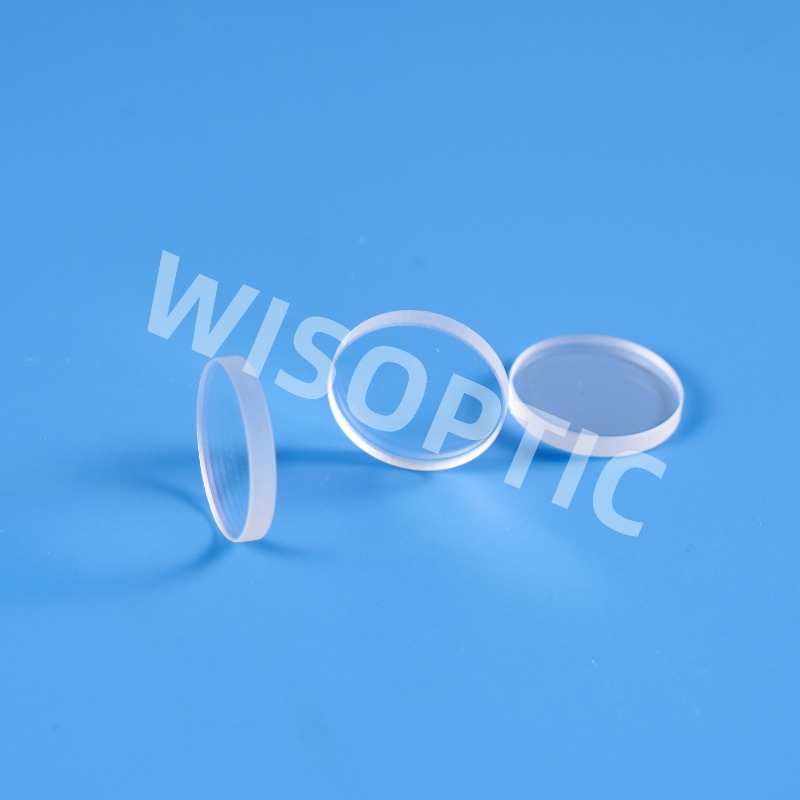Customized High Precision Aspheric Lense
Compared to spherical lenses, aspherical lenses have several advantages, such as:
Greater Precision
Aspherical lenses can focus light into a sharp spot instead of a blurred spot. This design results in clearer images and improved collimation, making them suitable for laser diodes and other high-precision applications.
Increased Aperture Size
For applications with high light throughput, aspherical lenses are an ideal solution. They can be fabricated into numeric aperture size without sacrificing image quality.
Improved Efficiency
Aspherical lenses provide optical solutions that would otherwise take multiple spherical lenses to resolve. This characteristic allows engineers to replace complex multi-lens systems with a single aspherical lens, making the assembly simpler, smaller, lighter, cheaper, and more efficient.
The above advantages are some of the reasons that aspherical lenses are increasingly used in high-precision applications, such as those in aerospace and medical industries.
An aspherical lens features a non-spherical but rotationally symmetric
shape with a curvature radius that changes at various points between the
center and the edge. Although producing this type of lens is difficult,
when manufactured properly, it offers greater functionality than a
comparable spherical lens.
Spherical Lenses vs. Aspherical Lenses
Spherical lenses have a spherical surface and the same radius of curvature across the entire lens. In contrast, aspherical lenses have a more complicated surface with a gradually changing curvature from center to edge. These design differences can reduce the number of elements in an assembly and result in thinner, lighter lenses.
The table below further illustrates the difference in focusing performance between an aspheric lens and a spherical lens, contrasting the performance of two comparable lenses with 25mm diameters and 25mm focal lengths (f/1 lenses). The table compares the spot size, or blur size, of collimated 587.6nm light rays on-axis (0° object angle) and off-axis (0.5° and 1.0° object angles). The spot sizes from the asphere are several orders of magnitude less than those of a spherical lens.
Object Angle (°) | 0.0 | 0.5 | 1.0 |
Spherical Spot Size (μm) | 710.01 | 710.96 | 713.84 |
Aspheric Spot Size (μm) | 1.43 | 3.91 | 8.11 |
WISOPTIC provides sorts of quadric aspheric lens and high order aspheric lens, as well as infrared aspheric lens (ZnS, ZnSe, Ge, etc. ).
WISOPTIC Capabilities - Aspheric Lens
Medium Precision | High Precision | |
Aperture | 5~200 mm | 20~1000 mm |
Surface Quality [S/D] | < 40/20 [S/D] | < 40/20 [S/D] |
Surface Irregularity | PV< 0.5~5 µm | RMS< λ/50 @ 632.8 nm |
Aspheric Surface Type | Quadric, High order | Quadric, High order |
Manufacture Capability | 300 pcs/month | 20 pcs/year |

